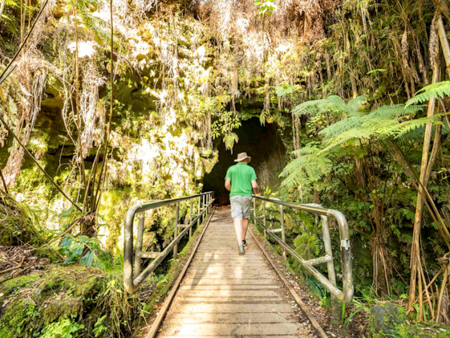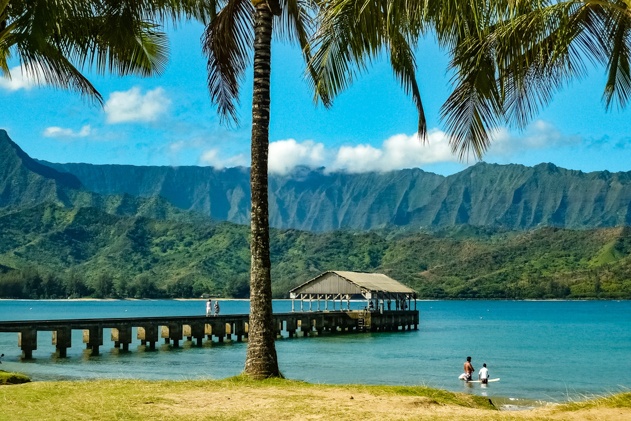EXPLORE AND GET UPDATES FROM HAWAII

Things To Do On Big Island
Venture from awe-inspiring volcanic craters to magnificent shorelines. Our comprehensive guide is your passport to an array of adventures across this majestic island. Dream big, discover hidden gems, and explore the unique landscapes that make the Big Island a world of its own.
View details →
Things To Do In Kauai
Explore the best of Kauai with our comprehensive guide. Find romantic getaways, free adventures, fun activities, and unique experiences. Perfect for couples, kids, and everyone in between. Plan your dream Kauai vacation today with tips for sunny days and rainy afternoons alike.
View details →



















